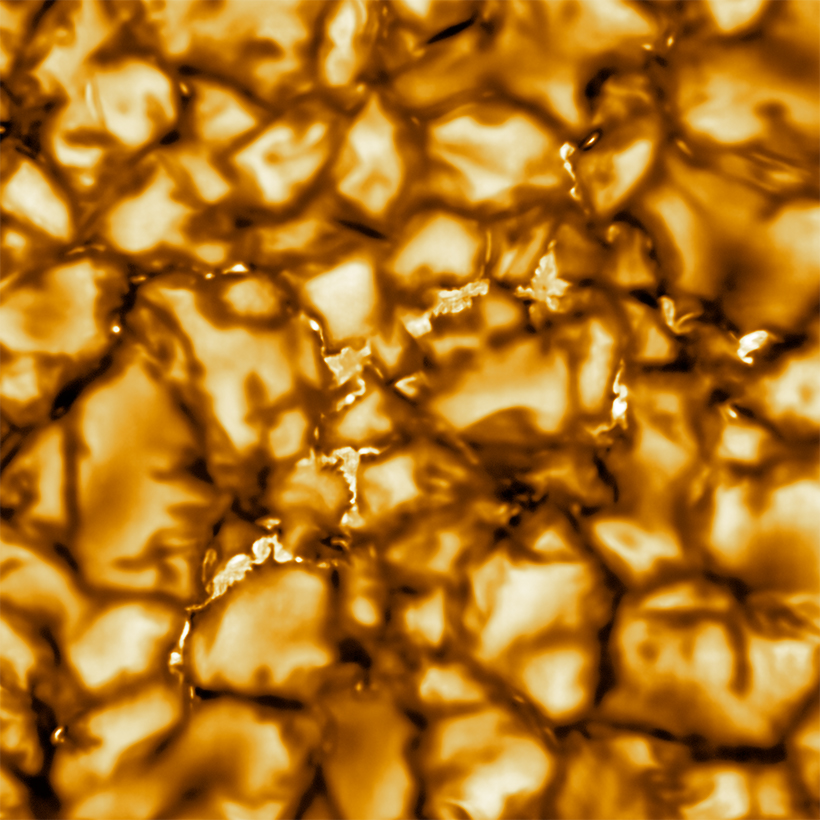These Are the Highest Resolution Images of the Sun Ever Taken
Credit to Author: Becky Ferreira| Date: Wed, 29 Jan 2020 20:06:45 +0000
Scientists have released the highest resolution observations of the Sun ever captured, which reveal our star’s surface in unprecedented detail. Each of the roiling cell-like structures in this captivating snapshot represent an area the size of Texas, and are shaped by convective processes inside the star as well as the intense solar magnetic field.
These are the first images and videos captured by the newly operational Daniel K. Inouye Solar Telescope (DKIST), located in Hawaii, which were released to the public by the National Science Foundation (NSF) on Wednesday.

DKIST is the largest observatory devoted to solar research on Earth. It is capable of pinpointing surface details that are just 18 miles across, making it three times as sensitive as its predecessors. In addition to these close-ups, DKIST can take expansive wide shots that can fit 23,000 miles of the Sun into the frame.
Scientists plan to use DKIST to unravel some of the most persistent mysteries about our star, including a long-sought explanation for why the Sun’s atmosphere, called the corona, is about 300 times hotter than its surface.
The observatory will also be able to study the Sun’s tempestuous flares and ejections, which blast high-energy particles at Earth that can potentially disrupt electronics and power grids. Understanding these processes will help forecasters better anticipate and understand dangerous space weather.
“Since NSF began work on this ground-based telescope, we have eagerly awaited the first images,” said France Córdova, NSF director, in a statement. “We can now share these images and videos, which are the most detailed of our Sun to date.”
It is famously inadvisable to stare at the Sun, but thanks to DKIST, we don’t have to in order to get a closer look at this bizarre object that fuels life on Earth.
This article originally appeared on VICE US.